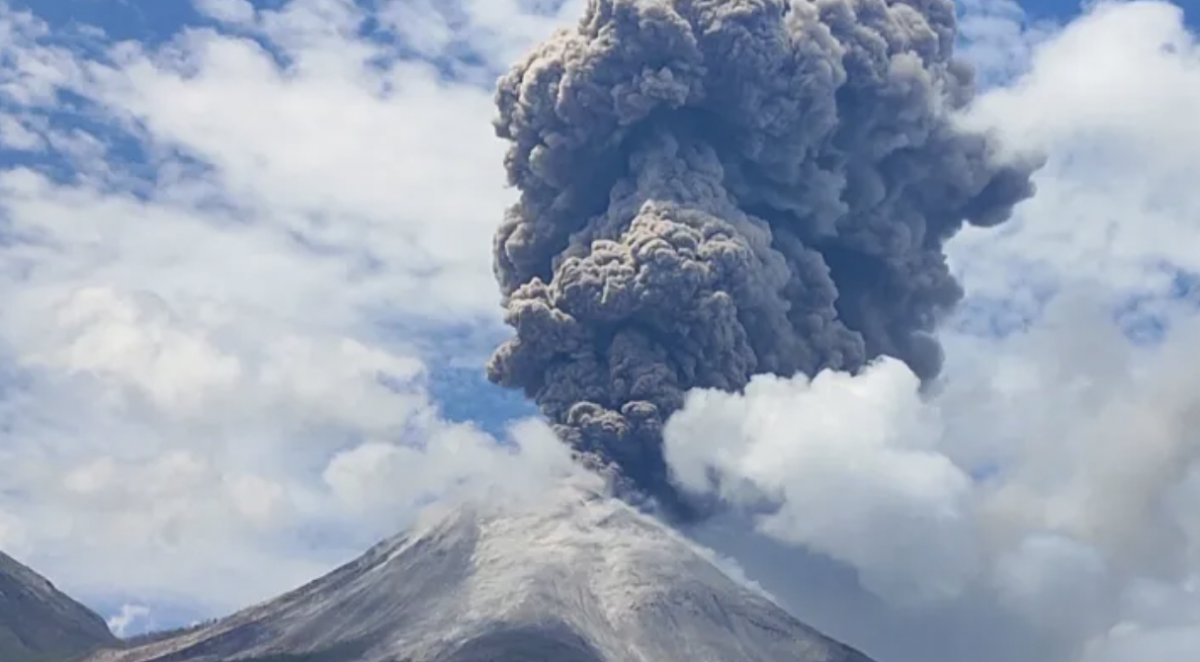On Sunday, Nov. 3, a violent volcano eruption occurred on Flores Island, Indonesia.
Located along the infamous “Ring of Fire,” Mount Lewotobi Laki-Laki has continued to erupt since Sunday night and has claimed the lives of at least 10 people.
The volcano ejected ash into the air at a height of 6,500 feet on Sunday and a maximum height of 32,736 feet on the following Friday. The aftermath of the eruptions stretched up to a 5-mile radius from the volcano, with ash and rock raining down on the land within this area. Fires were ignited from the volcanic debris which burned down dozens of houses, seven schools, and a Catholic monastery.
Indonesia’s National Disaster Management Agency has raised the volcanic activity alert level to a 4, the highest level that it can be deemed. The local government has declared it to be in a state of emergency, allowing the federal government to provide help to those impacted by the volcano.
In fact, both governments plan to evacuate over 16,000 villagers by preparing vehicles for the residents to escape on and later drop off at makeshift shelters. There has also been discussion of permanently relocating these residents due to the degree of destruction and danger from the volcano.
The history of Mt. Lewotobi Laki-Laki’s activity has been abnormal over the past couple of years. After intensely spewing lava back in 2015, it was relatively dormant for eight years. It was not until December 2023 when it began to expel ash and lava on a consistent schedule. Then, by June 2023, the expulsions had become more rigorous than the past ones, leading to officials proclaiming that the volcanic activity alert level had reached a 3 out of 4.
The volcano, Mt. Lewotobi Laki-Laki, is one of two volcanoes on Flores Island. Its other half is the volcano Mount Lewotobi Perempuan. They are famously known by the locals as the husband and wife mountains, as “laki-laki” in Indonesian means “man” while “perempuan” means “woman.”


